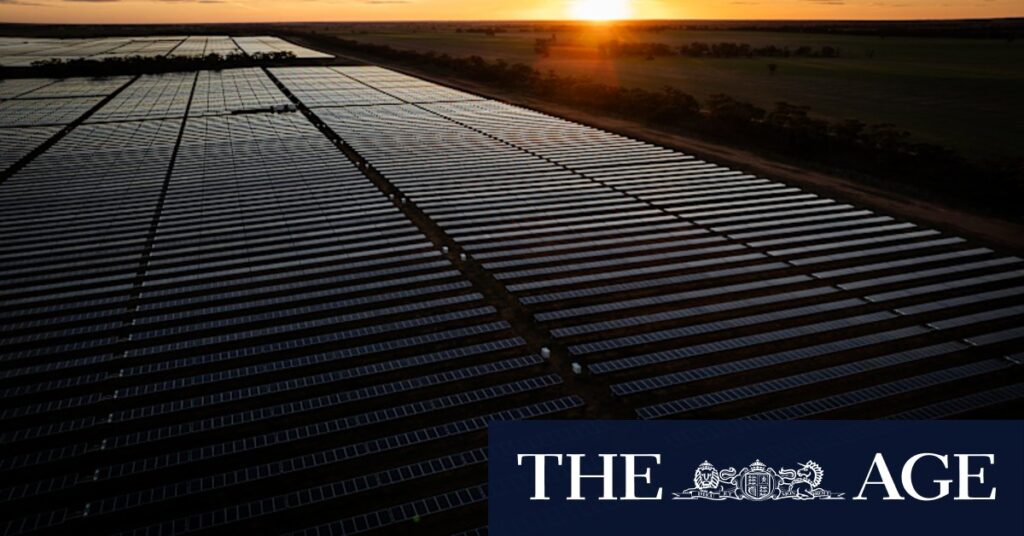
Australia is reportedly on track to meet its 2030 emissions reduction target under the United Nations climate treaty, following a 1.4 percent decline in national greenhouse emissions in the year leading up to March 2025. The federal government announced these figures, highlighting progress towards a 43 percent reduction by 2030, yet scientists caution that more substantial cuts are necessary to prevent catastrophic global warming.
The release of these quarterly emission figures coincides with a recent Resolve Political Monitor survey, which indicates strong public support for a more ambitious 2035 target. This sentiment is expected to influence discussions at the upcoming climate conference in Brazil later this year. Meanwhile, the Coalition’s internal divisions over climate policy are anticipated to be a focal point in parliament this week.
Renewable Energy: The Driving Force
Australia’s transition to renewable energy is the primary driver behind the reduction in greenhouse emissions. According to the Quarterly Update of Australia’s National Greenhouse Gas Inventory, emissions have been cut by 28 percent so far. This progress is largely attributed to increased renewable energy generation, industrial decarbonization efforts under the Safeguard Mechanism, and a decrease in household gas demand.
Australia produced emissions equivalent to 440.2 million tonnes of carbon dioxide in the year to March 2025, a reduction of 6.5 million tonnes from the previous year.
Calls for More Ambitious Targets
Despite these advancements, climate scientists and environmental advocates argue that the current pace of emissions reduction is insufficient. Dr. Sarah Jenkins, a climate scientist at the University of Sydney, emphasized the need for more aggressive action. “Meeting the 2030 target is a step in the right direction, but to truly mitigate the impacts of climate change, Australia must aim for deeper cuts,” she stated.
Experts suggest that Australia should consider setting a more ambitious target for 2035, aligning with global efforts to limit temperature rise to 1.5 degrees Celsius above pre-industrial levels. The upcoming climate conference in Brazil presents an opportunity for Australia to showcase its commitment to stronger climate action.
Political Landscape and Policy Challenges
The political climate surrounding Australia’s climate policy remains contentious. The Coalition, Australia’s main opposition party, is divided over the approach to climate change, with some members advocating for more robust measures while others remain cautious about the economic implications.
This division is expected to surface in parliamentary debates, as the government seeks to solidify its climate strategy ahead of the international conference. The outcome of these discussions could significantly influence Australia’s climate policy trajectory in the coming years.
Looking Ahead: The Path to 2030 and Beyond
The path to achieving Australia’s 2030 emissions target is paved with both opportunities and challenges. The nation’s commitment to renewable energy and industrial decarbonization is commendable, yet the need for more comprehensive and aggressive policies is evident.
As the world grapples with the escalating impacts of climate change, Australia’s role in the global effort to reduce emissions is crucial. The decisions made in the coming months will not only determine the nation’s environmental legacy but also its economic and social future.
With the climate conference in Brazil on the horizon, all eyes will be on Australia to see if it can rise to the occasion and lead by example in the fight against climate change.





